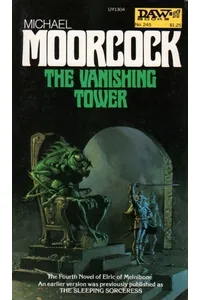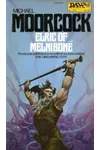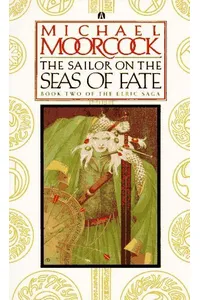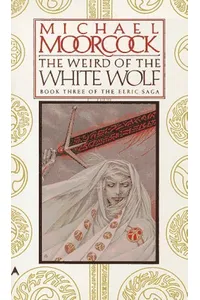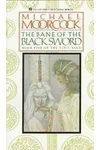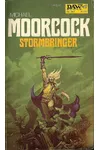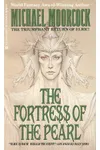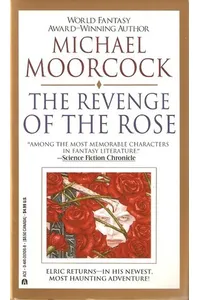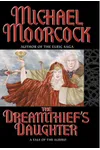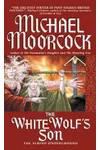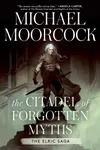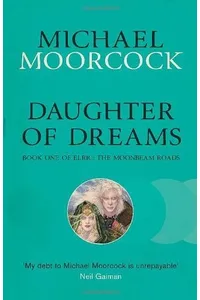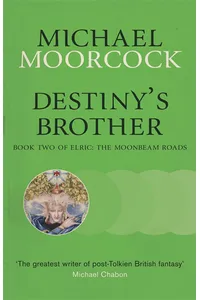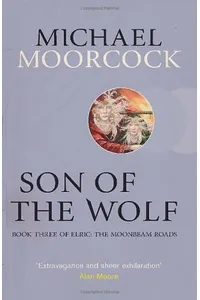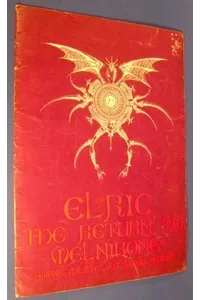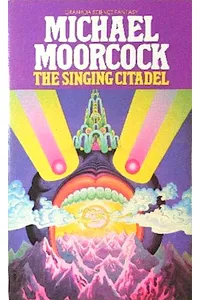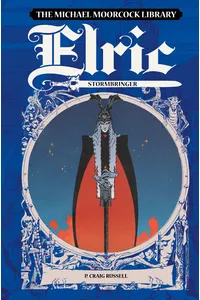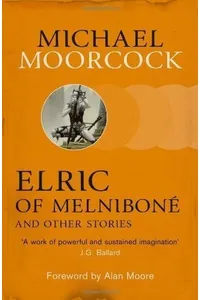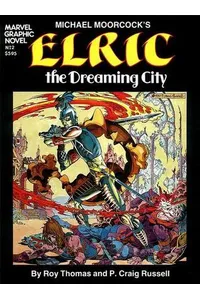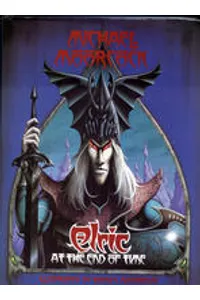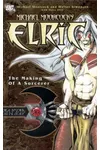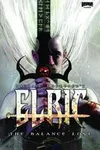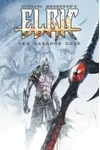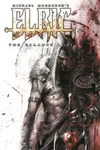Step into the hauntingly epic world of the Elric Saga, where a frail albino sorcerer-king wields a soul-devouring sword and wrestles with cosmic forces! Michael Moorcock’s groundbreaking fantasy series blends dark adventure, philosophical depth, and a multiverse of chaos and law, captivating readers with its brooding antihero and vivid storytelling.
Unlike the muscle-bound heroes of classic fantasy, Elric of Melniboné is a tortured soul, navigating a decaying empire and his own cursed fate. This saga isn’t just a thrill ride—it’s a game-changer that reshaped the fantasy genre with its morally complex characters and existential musings.
How Elric Saga Began
In the early 1960s, a young Michael Moorcock, already a vibrant voice in science fiction, set out to challenge the heroic archetypes dominating fantasy. Inspired by pulp legends like Robert E. Howard’s Conan, Moorcock flipped the script, creating Elric as a deliberate antihero—weak, introspective, and morally conflicted. First introduced in the 1961 novella The Dreaming City, Elric’s story grew into a sprawling saga, fueled by Moorcock’s love for Norse myths, Bertolt Brecht’s dramatic flair, and his own radical vision of a multiverse where chaos and law clash eternally.
The Heart of Elric Saga
The Elric Saga spans numerous novels and stories, but its core books shine brightest. Elric of Melniboné (1972) introduces Elric, the reluctant emperor of a decadent island, who gains the cursed sword Stormbringer, a blade that grants strength but hungers for souls. In The Sailor on the Seas of Fate (1976), Elric roams the multiverse, meeting other incarnations of Moorcock’s Eternal Champion. Stormbringer (1965) delivers a gut-punch finale, as Elric confronts his doom and the cosmic stakes of his choices. Later works like The Fortress of the Pearl (1989) deepen his wanderings.
The series’ themes are as sharp as Stormbringer’s edge. It explores addiction through Elric’s dependence on his sword, a metaphor for destructive power. The eternal struggle between Chaos and Law defies simple good-versus-evil narratives, reflecting Moorcock’s quantum mysticism. The multiverse setting, with its vivid planes and decadent cities like Imrryr, pulses with dark, poetic energy, blending sword-and-sorcery with New Wave experimentation.
Moorcock’s style is both pulpy and profound—think fast-paced battles laced with existential dread. Elric’s introspective nature and tragic loves, like his doomed romance with Cymoril, add emotional weight, making the saga a standout for fans of dark fantasy.
Why Elric Saga Resonates
The Elric Saga didn’t just entertain—it redefined fantasy. By subverting Tolkien’s noble heroes and Conan’s brute strength, Moorcock paved the way for morally ambiguous protagonists in modern epics. Its influence echoes in role-playing games like Dungeons & Dragons, where alignment systems owe a nod to Moorcock’s Law versus Chaos. Fans still rave about its raw emotion and cosmic scope, with recent reprints and a new novel, The City of Lost Dragons, proving its timeless pull.
From prog-rock bands like Hawkwind to Neil Gaiman’s admiration, the saga’s cultural footprint is undeniable. It’s a touchstone for those who crave fantasy with brains and heart, unafraid to face the void.
- First Published: 1961 (The Dreaming City)
- Core Books: 6, plus novellas and later additions
- Awards: Moorcock won the World Fantasy Lifetime Achievement Award
- Setting: Melniboné and the Young Kingdoms multiverse
Grab Elric of Melniboné and dive into a world of dark magic, doomed heroes, and cosmic battles. The Elric Saga awaits—will you brave its chaos?
